Journey of Onions
Week 5
Let's make a prototype
Instead of spinning around the circle talking about possible ideas, we wanted to break down our fantasy statement and develop prototypes that shows the game mechanics of each game verb.
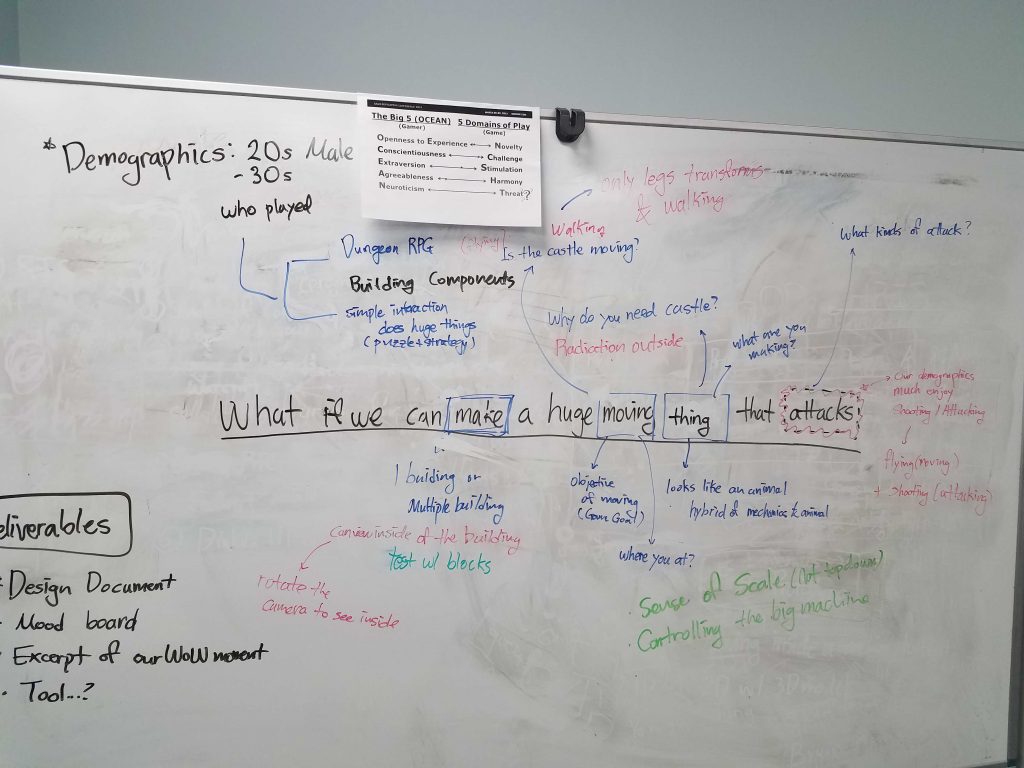
There are three huge game verbs in our fantasy statement.
- Make
- Moving
- Attack
We are creating prototypes based on these verbs to explore our core mechanism. There are so many questions to ask such as
- Is the player building multiple building like a city or a building?
- If it moves, is it walking, flying, or swimming?
- Our initial game object was a castle. But we changed into a thing, because we want them to build something. If so, what are you going to make at the end?
- If the thing attacks, what kind of attack can it perform?
- Why do you need a castle to live in?
- Is the player inside the castle? Or is castle a character?
- If the castle moves, why?
- Why do you need a castle?
- Does the castle have a personality?
- How does the castle attack? Why it needs to attack? Attack what?
- What is the pleasure of making a castle?
- How to build the castle? How to build inside and outside?
- What are you in the game?
- What are you trying to do?
- What is the setting?
- Is the castle a castle or just some huge structure?
- What will the player pattern be like?
- What kind of post-apocalyptic setting specifically?
- Is this a sandbox game? Will there be external limitations on the players?
- Is attacking the goal?
Most importantly, our question was What question should we tackle first?
Our answer to these was: Build a prototype that we can imagine.
Journey of Design Department
Mechanics Prototype 01 - Controlling the Castle Inside

This is our first prototype design that we are aiming for. This prototype focuses more on huge and controlling game element. The game mechanic is similar to the game: FAR: Lone Sails. This prototype will demonstrate how to control and attack a monster.
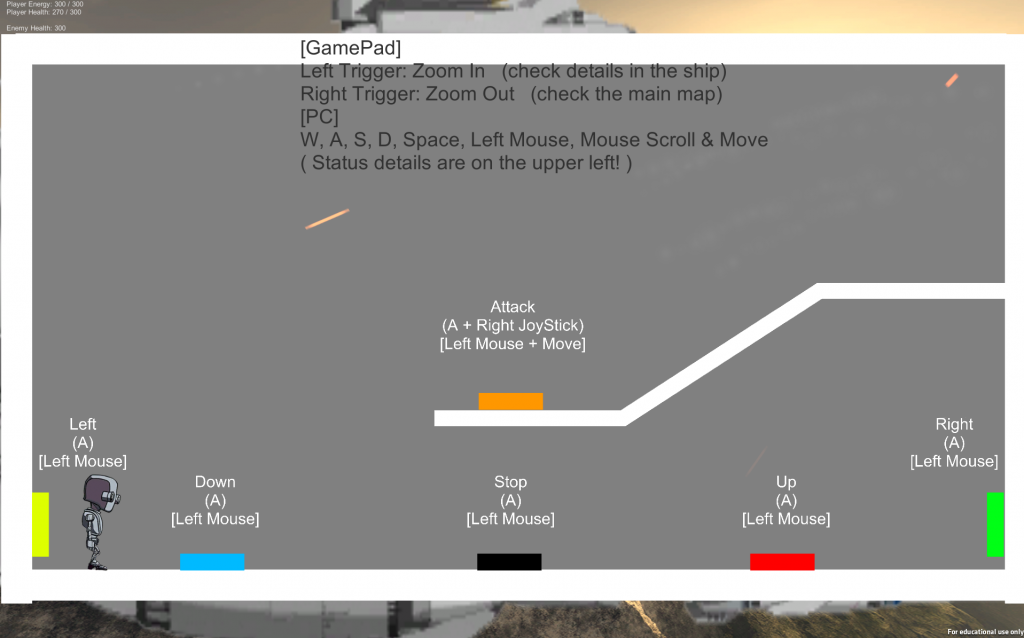
Perspective 01
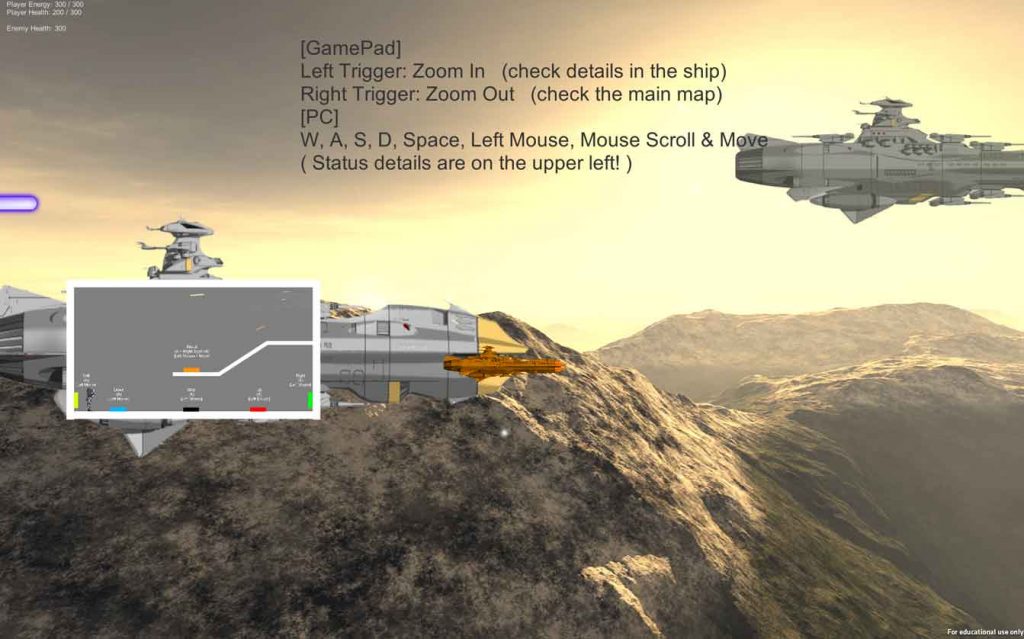
Perspective 02
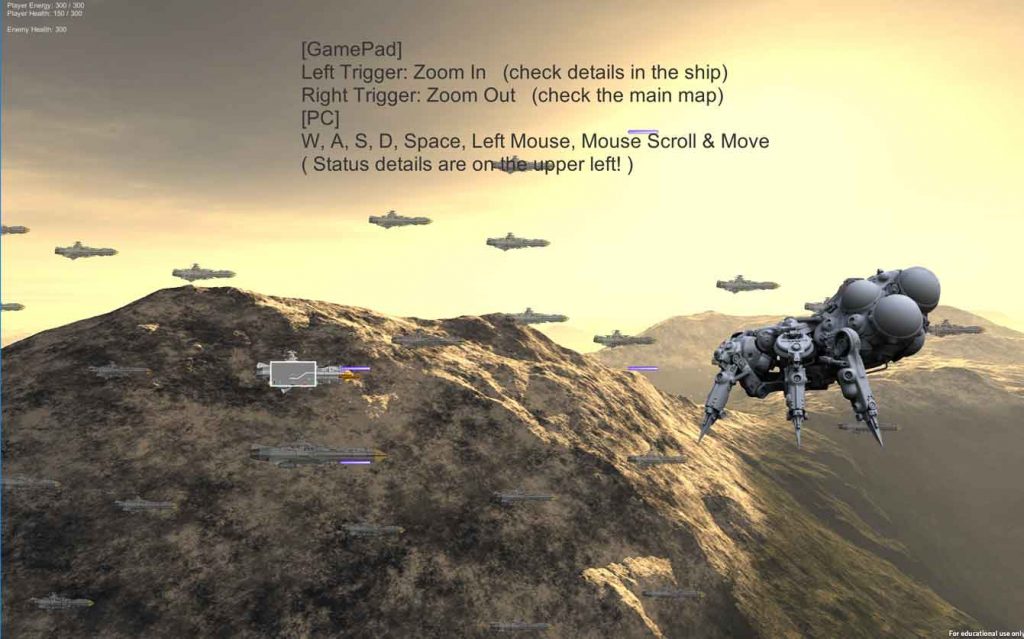
Perspective 03
Through this prototype our team narrowed down what aspect we loved.
- Sense of scale through the camera was effective. This is one of the core elements that we want to keep in our fantasy statement.
- Controlling a character inside the castle is a unique machenic.
- However, it is hard to focus on a one thing because there are so many moving parts: while you are moving the castle, you have to jump upstairs to shoot.
Journey of Art Department

Journey of art department was also intense. The direction and process of creating mood board, concept art, and art assets for the game was not clear enough. It seemed like it is so dependent to gameplay, the art department would have to wait till the team has a solid idea to go from.
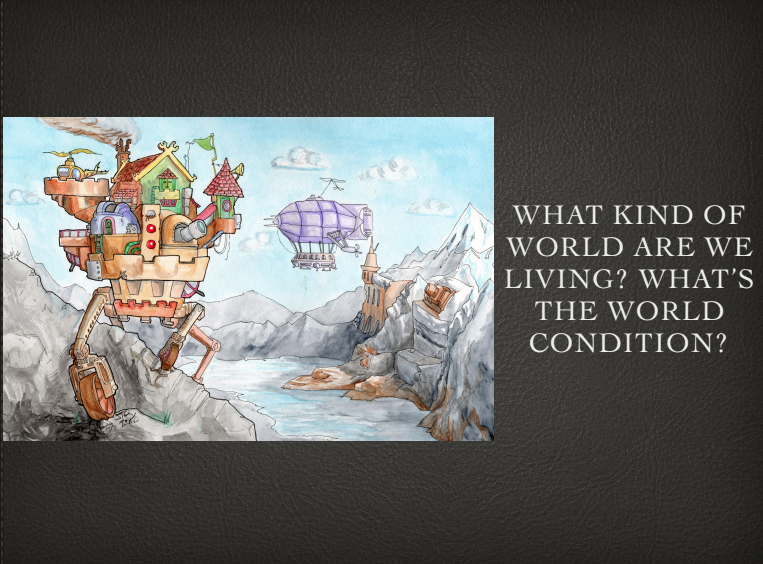
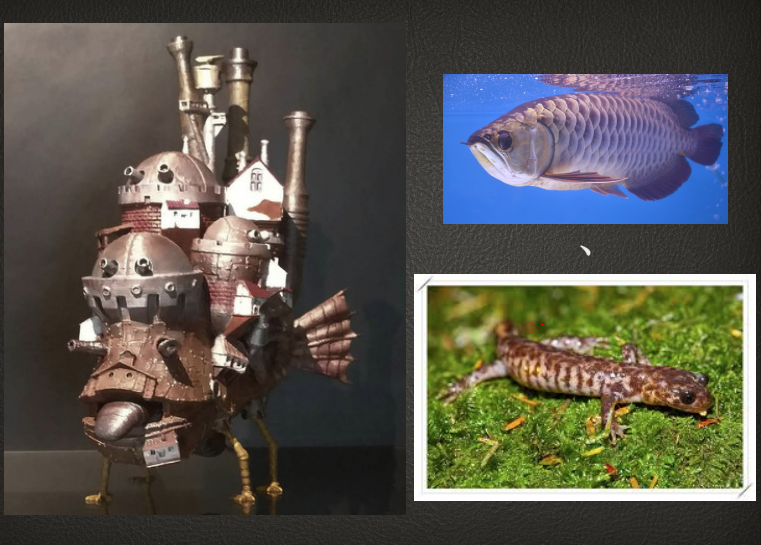
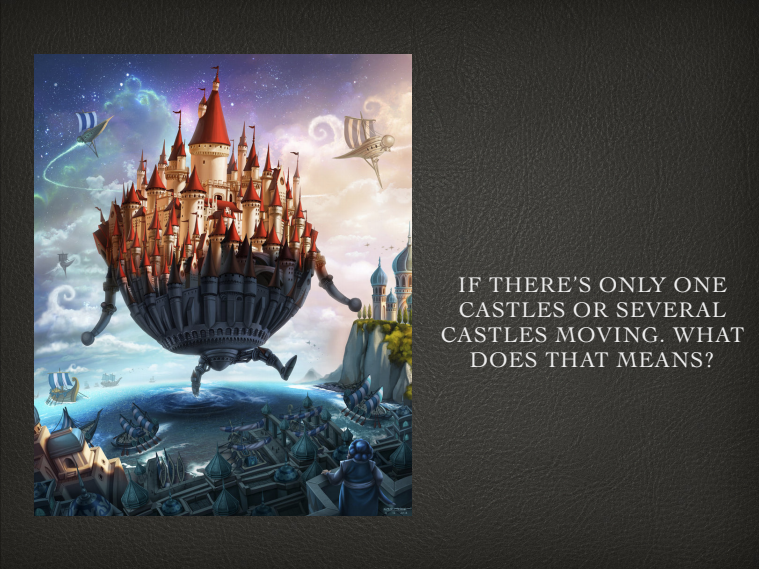
Gathering up a whole punch of reference images did not help the art department much. We wanted to produce something to create aesthetics of a game. However, there we did not know where to start it from. Even though, vaguely, we agreed on starting with the fortress out-terior design, narrowing down the look of a fortress was heavily dependent on the gameplay: if the game is more about action, it should look like a real castle than cartoon-ish look.
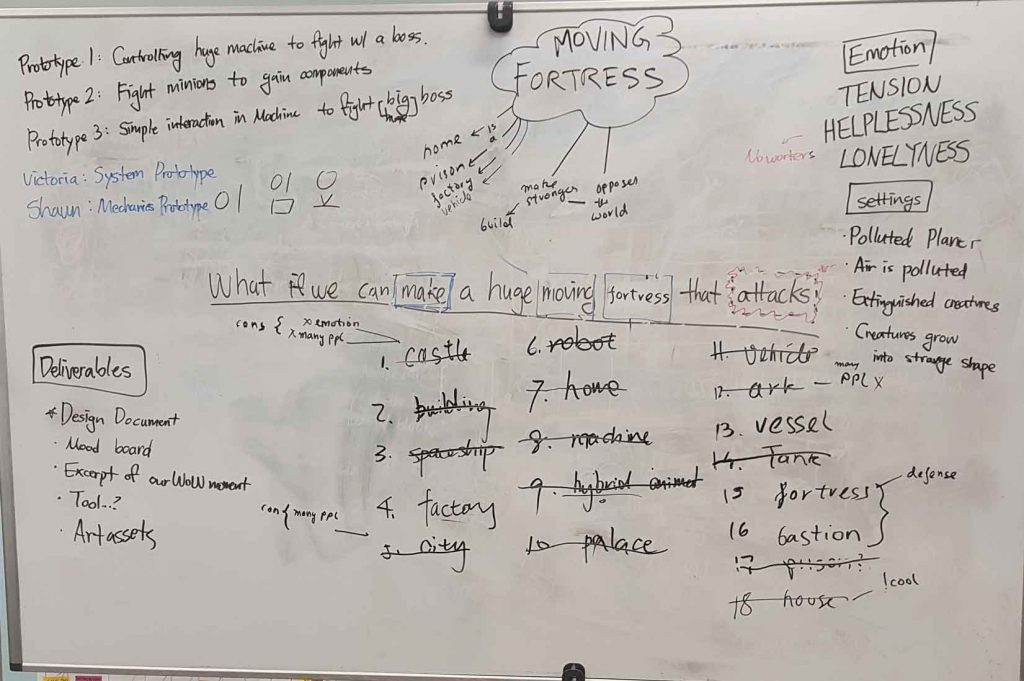
Art department talked with a lot of faculties to set up the direction. First, what art department should do is to create settings / emotion we want to convey. It was hard to come up fortress design because we did not come up with emotion. So, we backed up a little and narrowed down from the top.
Also, critical decision that art department made was to define the game object. It used to be a player creating a thing, but it was too broad. After brainstorming, fortress was the best word that we are looking for, based on the settings.